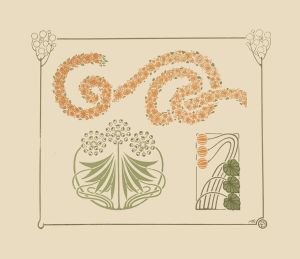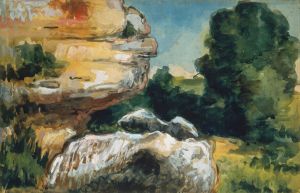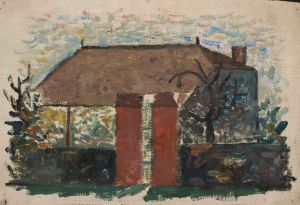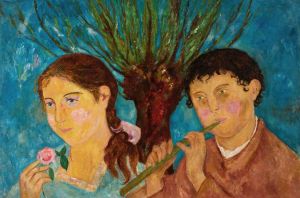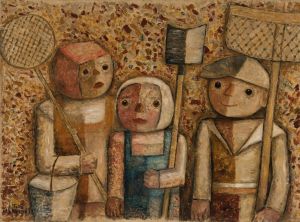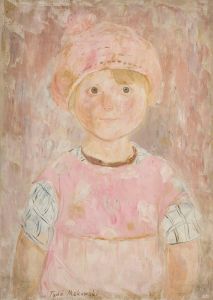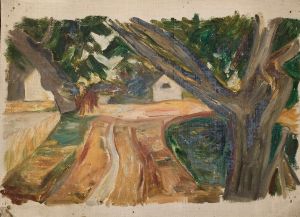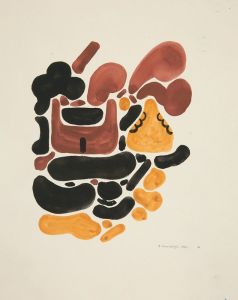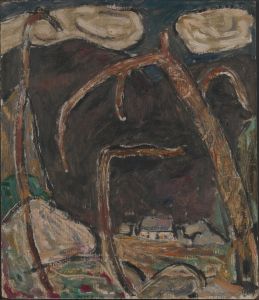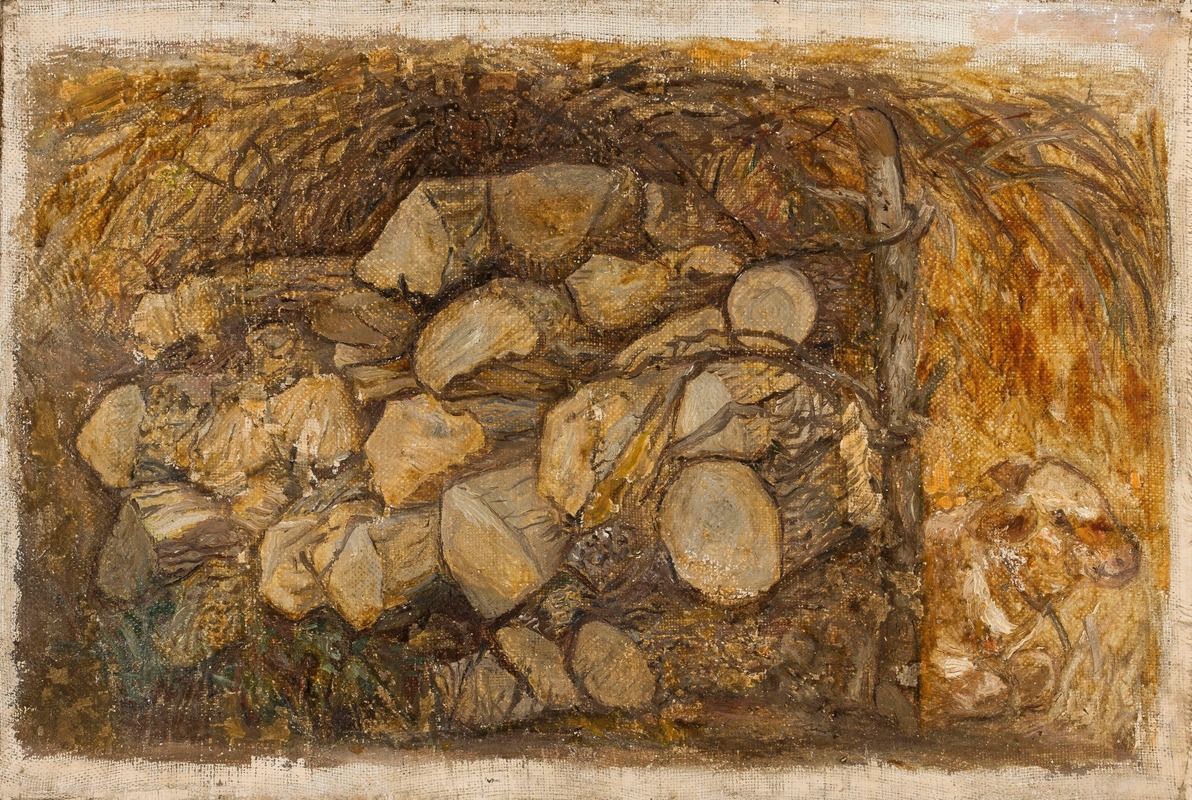
Sąg drzewa
A hand-painted replica of Tadeusz Makowski’s masterpiece Sąg drzewa, meticulously crafted by professional artists to capture the true essence of the original. Each piece is created with museum-quality canvas and rare mineral pigments, carefully painted by experienced artists with delicate brushstrokes and rich, layered colors to perfectly recreate the texture of the original artwork. Unlike machine-printed reproductions, this hand-painted version brings the painting to life, infused with the artist’s emotions and skill in every stroke. Whether for personal collection or home decoration, it instantly elevates the artistic atmosphere of any space.
Tadeusz Makowski was a Polish painter known for his unique style that combined elements of folk art, symbolism, and modernism. Born on January 29, 1882, in Oświęcim, Poland, Makowski initially studied classical philology at the Jagiellonian University in Kraków before pursuing art at the Academy of Fine Arts in Kraków under the tutelage of Józef Mehoffer and Jan Stanisławski. His early works were influenced by the Young Poland movement, which emphasized a return to folk traditions and national identity.
Makowski moved to Paris in 1908, where he became part of the vibrant artistic community. In Paris, he was exposed to various modernist movements, including Cubism, which had a significant impact on his artistic development. Over time, Makowski developed a distinctive style characterized by simplified forms, a muted color palette, and a focus on everyday subjects, often depicted with a sense of whimsy and innocence.
"Sąg drzewa" is one of Makowski's notable works, although specific details about the painting are scarce. The title translates to "Stack of Wood" in English, suggesting that the painting likely depicts a scene involving a pile or stack of wood. This subject matter aligns with Makowski's interest in portraying simple, rustic scenes that reflect the everyday life and landscapes of rural Poland.
Makowski's paintings often feature a blend of realism and abstraction, with an emphasis on geometric shapes and a subtle use of color. His works are known for their poetic quality, capturing the essence of childhood and the simplicity of rural life. While "Sąg drzewa" may not be as widely recognized as some of his other works, it likely embodies these characteristics, showcasing Makowski's ability to transform ordinary subjects into evocative compositions.
Throughout his career, Makowski remained deeply connected to his Polish roots, even while living in France. His art reflects a synthesis of Polish folk traditions and the avant-garde movements he encountered in Paris. This unique combination earned him a place among the notable artists of his time, and his works continue to be appreciated for their charm and originality.
Makowski's contributions to art were recognized during his lifetime, and he exhibited his works in various galleries and salons in France and Poland. Despite facing financial difficulties and health issues, he remained dedicated to his craft until his death on November 1, 1932, in Paris.
Today, Tadeusz Makowski is remembered as an important figure in Polish art history, and his works are held in high regard by collectors and art enthusiasts. His paintings can be found in major museums and private collections, where they continue to captivate audiences with their unique blend of simplicity and depth. While specific information about "Sąg drzewa" may be limited, it stands as a testament to Makowski's enduring legacy and his ability to find beauty in the everyday.






